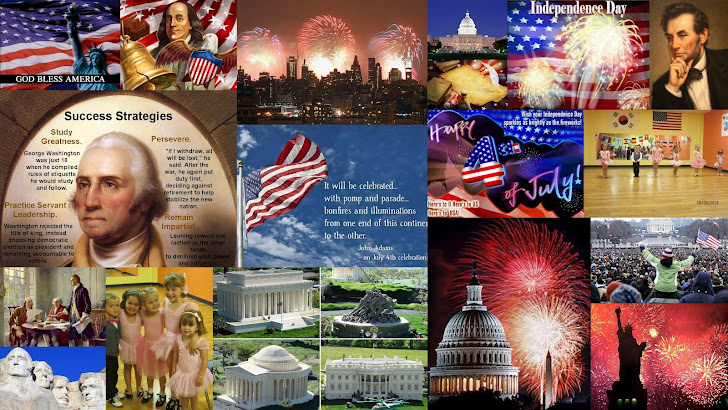The Bald Eagle is important in various Native American cultures, and as the national bird of the United States, is prominent in seals and logos, coinage, postage stamps, and other items relating to the U.S. federal government.
The Bald Eagle is a bird of prey found in North America. It is the national bird of the United States of America and appears on its Seal. This sea eagle has two known sub-species and forms a species pair with the White-tailed Eagle. Its range includes most of Canada and Alaska, all of the contiguous United States, and northern Mexico. It is found near large bodies of open water with an abundant food supply and old-growth trees for nesting.Its diet consists mainly of fish, but it is an opportunistic feeder. It hunts fish by swooping down and snatching the fish out of the water with its talons. It is sexually mature at four years or five years of age. The Bald Eagle builds the largest nest of any North American bird, up to 4 meters (13 ft) deep, 2.5 meters (8.2 ft) wide, and one metric ton (1.1 tons) in weight. The adult Bald Eagle is mainly brown with a white head and tail. The sexes are identical in plumage, but females are larger than males. The beak is large and hooked. The plumage of the immature is brown. Bald Eagles are not actually bald, the name derives from the older meaning of the word, "white headed".
In the late 20th century the Bald Eagle was on the brink of extirpation in the continental United States, while flourishing in much of Alaska and Canada. Populations recovered and stabilized, so the species was removed from the U.S. federal government's list of endangered species on June 28, 2007.
In the late 20th century the Bald Eagle was on the brink of extirpation in the continental United States, while flourishing in much of Alaska and Canada. Populations recovered and stabilized, so the species was removed from the U.S. federal government's list of endangered species on June 28, 2007.



.jpg)



